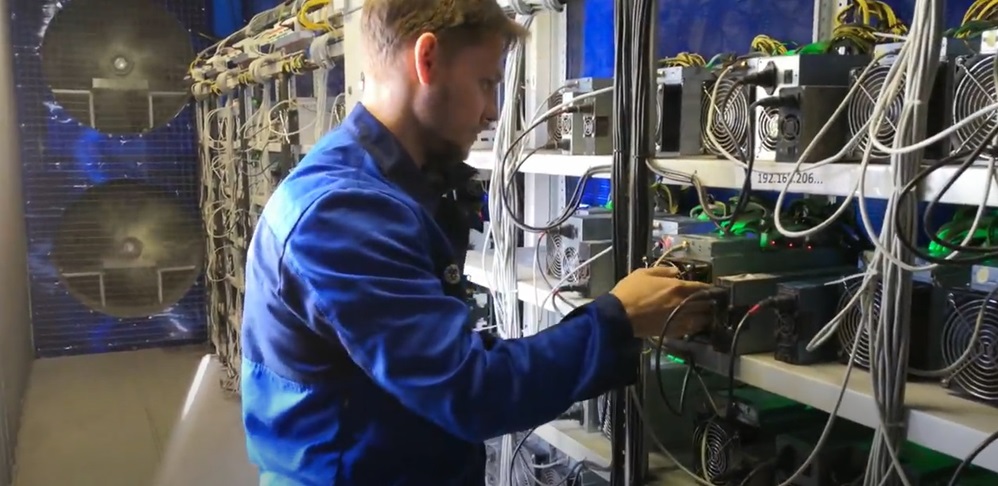The benefits of mergers and acquisitions (M&A) are many—often combining complementary sets of products, customers and markets, differentiated IP and world-class talent. They also bring significant change within the organizations coming together, creating both opportunities and challenges for employees and the workplace.
Employee experience and cultural alignment are critical factors for combined success. It’s vital for HR leaders to help the entire organization quickly understand and build the new shared culture, and work to efficiently transfer knowledge—to realize the true deal value, reduce attrition and preserve the knowledge and expertise being acquired.
In February 2022, AMD closed on the acquisition of Xilinx—the largest in semiconductor industry history, adding more than 5,000 employees to the workforce. I had the unique opportunity to lead the Integration Planning Office, where my focus was on maintaining business continuity while driving change management efforts across both companies.
One of the most impactful strategies implemented was incorporating a dedicated “employee experience” track in our change management plans. Although led by Communications and Human Resources, integration planning required input and commitment from the entire business and leaders across each organization to ensure the best possible outcome for employees.
As a result, here are five change communication strategies for HR to engage employees during a merger or acquisition.
1. Transparent and timely communication
Failure to communicate quickly and effectively during M&A can result in rumors that may result in uncertainty or confusion. It’s important to communicate decisions quickly and be as transparent as possible. This includes providing regular updates to employees about the progress of the acquisition, addressing any concerns or questions they may have, and being open about future plans for the company. These can be in the form of coffee chats, “ask me anything” sessions and town halls devoted to open dialogue.
Scheduling time for senior leaders to sit down and openly chat with employees is critical. Leaders need to ensure they are clear and decisive but if the answers aren’t yet available, being open about it and setting expectations on when employees can hear more benefits everyone.
Our communications team partnered with HR and IT to prepare Employee Quick Start Guides, which included important information about day-one activities, compensation and benefits, IT processes and tools and resources. These easy-to-follow guides prior to the acquisition close helped ease anxiety and ensured detailed instructions were provided on day one.
Keeping employees informed throughout the process can help reduce uncertainty and build trust.
2. Identify common values
Explore the shared values between the two cultures and look for ways to align these values. Identifying common ground can help establish a foundation of learning and understanding.
Prior to the AMD/Xilinx acquisition, we conducted a Culture Survey to identify common strengths and values between the two organizations. These commonalities and differences helped us tremendously when framing the combined company direction and employee focus. It also highlighted future areas of focus for the leadership team where cultural assimilation might be required.
Once the acquisition was complete, we developed a culture statement—which reflected the combined strengths and aspirations of both cultures. The written declaration cascaded globally to all employees, giving them a sense of direction and purpose.
3. Emphasize cultural exchange in mergers and acquisitions
Facilitate opportunities to learn about each other’s cultures, traditions and work practices. Promote collaboration and teamwork among employees from different backgrounds to foster understanding.
M&A provides wonderful opportunities for cross-functional work. Teams from both companies should find ways to combine expertise to partner efficiently towards a common goal that fast-tracks sharing and learning and helps accelerate integration. For example, having payroll and HR infrastructure in place from day one is extremely important, so we created workstreams staffed with employees from both companies working together to understand the nuances for a successful day-one transition.
See also: 4 lessons learned for fusing DEI into your company culture
Another great way to encourage this cross-collaboration is through employee resource groups. ERGs bring together employees with a common identity, along with their allies, to meet and support one another. Through ERGs, employees can connect both personally and professionally and build a sense of community and belonging.
At AMD, leaders of ERGs from each company had opportunities to meet and build trust and professional relationships, setting the stage to align on their ERG names, purpose and priorities. This early collaboration was critical to the foundation of our combined groups.
4. Lead by example with mergers and acquisitions
Amid all the shifts across the expanded organization, it’s necessary for leaders and managers to embody the combined culture and actively promote common values. This will set a positive tone and reinforce the integration efforts. The absence of a shared culture can quickly lead to an “us versus them” perspective.
When we unveiled our culture statement, we also rolled out a leadership toolkit and trained leaders to hold sessions with their teams that focused on three guidelines: Invite all perspectives; ask more questions; be ready to help lead the change.
Bottom line: Combining cultures is an ongoing process that requires patience, empathy and adaptability. With time and effort, an engaged and diverse workforce can emerge, bringing the best of both worlds together. Tapping into our people-first mindset, we led with a fearless pursuit of over-communication and didn’t take a one-size-fits-all approach. As a result, we combined the strengths of each company to create a best-in-class experience for our 25,000-plus employees.
5. It’s never too early to start integration planning
The sooner you can bring people together to build an integration roadmap and assign clear roles and responsibilities with detailed tracking of execution to those plans the better. Early planning undoubtedly benefits the organization and puts everyone on the right track on the other side of integration execution when the deal closes!
Credit: Source link











